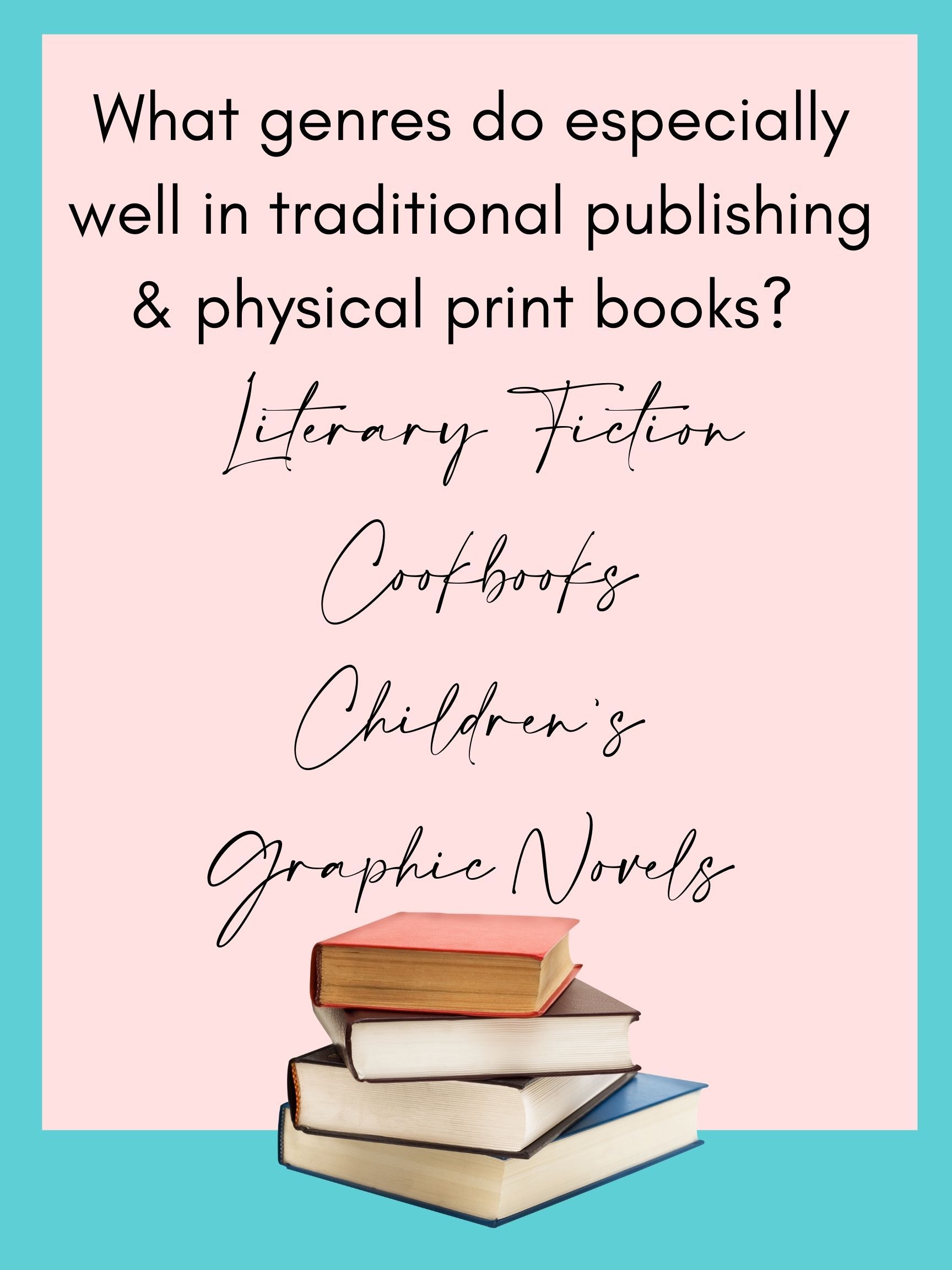Writing a book is an incredible ambition and for entrepreneurs it has many advantages. Establishing yourself as an expert and having a book out there is a great way to gain exposure and grow your business.
The good news is that it’s never been easier to publish a book. The bad news is that it’s never been easier to publish a book.
I worked for Barnes & Noble for 10 years specializing in author events. I worked with major publishers, subsidy publishers, and self-published authors to plan, promote, and source books for hundreds upon hundreds upon hundreds of events. For years I spent each day working with incredibly knowledgeable people. I saw authors reach insane heights of success, and others crash and burn. I saw the good, the bad, and the ugly of each side of the dice.
As an entrepreneur networking events, you don't want to waste time and energy on something that isn't going to grow your business. To get your book published and to get it done right, it’s important to have a thorough understanding of the three different publishing paths you can take, and their pros and cons.
TRADITIONAL PUBLISHING
Whether you realize it or not, this is the method almost everyone is most familiar with. If you walk into a Public Library or Target, any book you see on their shelves is traditionally published. If you walk into a bookstore, chances are 99% of the books are traditionally published. Many think traditional publishing is the more challenging route because of the gatekeeping aspect; you have to be chosen. But when looking at the benefits and seeing if jumping over those hurdles are worth it, it’s all about what you want to get out of publishing your book.
PRO: Prestige. If you get your book traditionally published it means that you were selected from a pool of thousands. You’ve done the same thing people who’ve won the Pulitzer Prize have done. Anyone can get in a pool and swim, but not everyone gets to go to the Olympics, and traditional publishing is the Olympics of the book world.
CON: Longer turnaround time. Just because you’ve completed your book and a publisher bought it, doesn’t mean it’s ready to go. When you sign on the dotted line it will be at least a year or two before your book is on the shelves. You work with an editor and a copyeditor (there’s a difference) for a long while, while other teams work on marketing, cover design, formatting, working with buyers, and more. And let’s not forget that traditionally published books have a different printing process that also requires more time.
PRO: Cash Advances. You pay nothing to the publisher, YOU get paid. When your book sells, you get an advance. Meaning you get paid when you sign your contract. The average cash advance for a first-time author is generally between $5,000-$50,000. This doesn’t include royalties you’ll receive later on for each book sold. 6 and 7 figure deals definitely happen but are less frequent for first-time authors. And bonus: the publisher assumes all the risk. If your book flops, you still get paid.
CON: Less creative control. Signing on with a traditional publisher means that while they may be in love with your book, they still have a team of people who have published thousands of books before yours and they utilize their expertise in bringing your book to life. While it’s possible to negotiate certain things like cover approval, it’s more likely that the packaging of the book will be the final say of the publisher, not you.
Read More About Click Here : successful women entrepreneurs





No comments:
Post a Comment